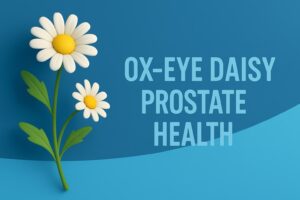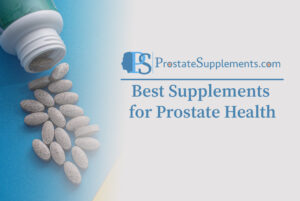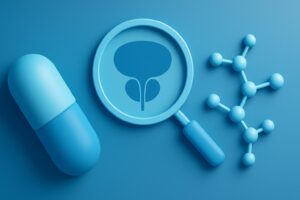
Ox-Eye Daisy (Leucanthemum vulgare) and Prostate Health: A Scholarly Overview
Taxonomy and Identity Ox-eye daisy is often confused with the common lawn daisy (Bellis perennis) and the ornamental Shasta daisy (Leucanthemum × superbum). Correct identification is essential, as chemical composition and traditional uses differ between species. Phytochemistry (What’s in it?) Modern analyses of ox-eye daisy flower-head essential oil reveal a complex mixture of monoterpenes and sesquiterpenes, with major





